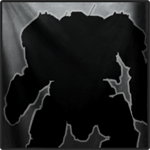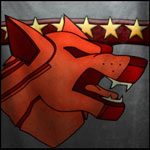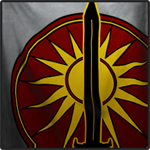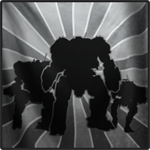Given a map of a fixed size, if the number of people that populate that map is decreased than the ability to use more of the map freely without premature detection or interruption by the enemy increases. Basically, the fewer people in a game, the more of the map that can be easily utilized due to the reduction of risk. Also, the fewer the people you need to face at once, the lower the likelihood of being focus fired down into paste instantly when breaching any sort of cover. Therefore, TTK increases.
Combine the first two points and something magical happens: people are free to scout. Not only because you need to in order to quickly locate the enemy, but because it isn't a damned near guaranteed suicide action on behalf of the scout. A bit of role based play starts to get generated.
Further, as a side branch of being able to use more of the map, previously clunky or ineffective movement patterns open up as more viable options. You can take attack approaches through a map that previously would have been a bad idea. Entire sections of maps open up to more effective and varied use. ESPECIALLY if there are additional incentives to wander the map, such as the intelligence nodes in Scout Mode.
However,
the fewer the people in the match, the more restrictive the mech configuration options become. We've seen brawling taking over 4v4 because there is no real front line. Without a front line, it is almost impossible to effectively run a long range oriented design, outside of very
specific situations. For example, in 4v4, I wouldn't take a Gauss Rifle, because it's far too fragile in a brawl and I'd be up against SRMs and AC20
anyways, so there's no reason to make the trade of range for durability and damage output.
This is why I loved 8v8. You had a team that was small enough to make better use of the map, you had fewer numbers vs now which made it harder to instantly obliterate anyone, and there was a front line, mid line, and rear line present in the games. The fault with the old 8v8 setting was that at the time the maps were too small, or too focused on large central features. It undermined the flexibility that mid-sized team size provided. Not enough maps that were large enough to wander around in, and certainly not enough maps that had enough variety of terrain features to break up the firing angles of teams who were fanned out a little to try and locate one another. Also, 8v8 still let one good pilot partially make up for one or two bad teammates. In 12v12, any early loss of mech is punishing, and with 12 man teams can domino very rapidly, often beyond the point a good pilot can forcibly recover the match.
More mechs
sounds like more fun, but there's a saying: you can have too much of a good thing.
Edited by Pariah Devalis, 24 April 2016 - 06:38 AM.








































